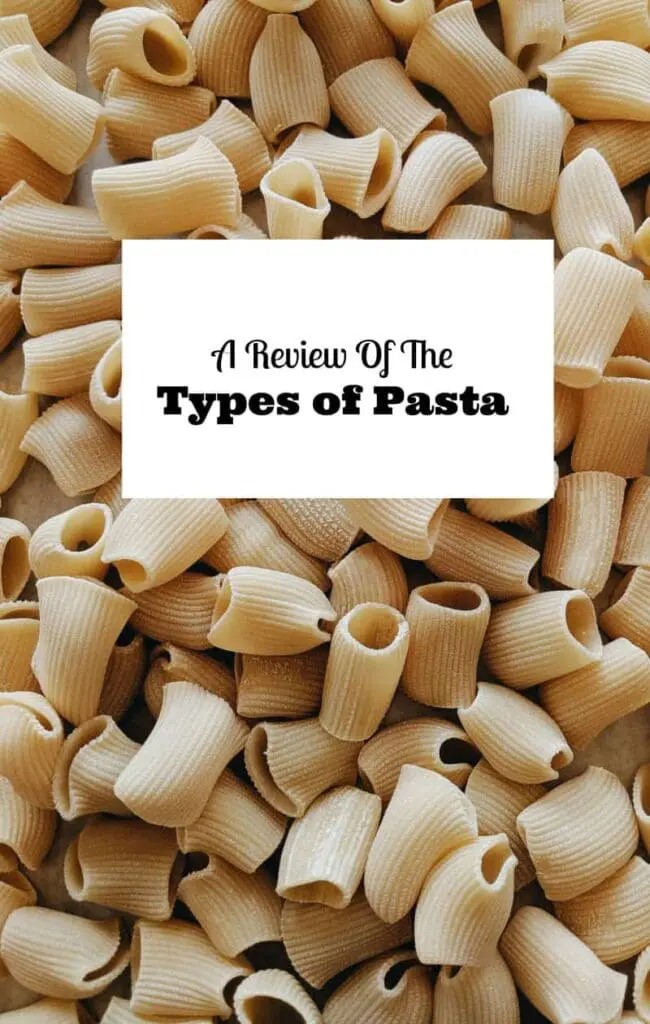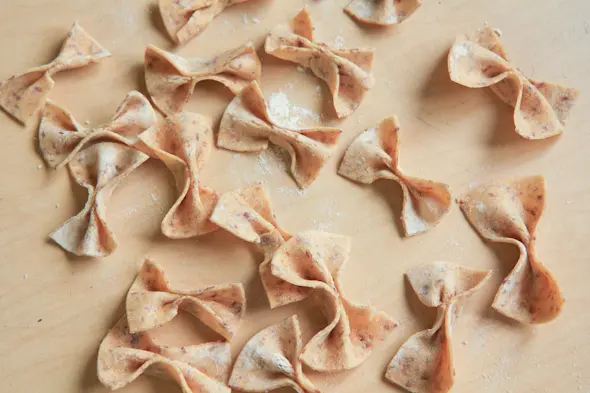Are you looking for a healthier pasta? There are alternative grain pastas that have a lot to offer. Often, pasta gets a bum rap; with dieters and carbohydrate haters sullying its reputation. Luckily with many whole grain and gluten free pasta varieties available today, the comfort and nutrition of pasta can, again, appeal to the masses. Consuming whole grains has been shown to lower the risk of heart disease, stroke, diabetes and certain types of cancers. Choosing whole grain pasta is a delicious and easy way to include more vitamins and minerals and almost twice the amount of fiber that is offered by regular wheat pasta. The key to finding the types of non wheat pasta that speak to your tastebuds, is to experiment!

Whole Grain Types of Pasta
First, there is whole grain wheat pasta. While this may be considered a healthier option to traditional pasta, it is a wheat pasta and therefore not gluten-free. There are various types of pasta made from whole grain, non-wheat ingredients, catering to those with gluten sensitivities or dietary preferences. I will go over some of the most popular alternatives.
Whole Wheat Flour Pasta
Whole wheat pasta is not gluten free. When wheat is milled to make flour, parts of the grain are separated during the milling process; and then recombined to create different varieties of flour. Whole wheat flour is a nutritious alternative to white flour because it provides dietary fiber not found in the latter. Some are even enriched with riboflavin, niacin and folic acid. However, some whole wheat flours have the majority of the germ removed; so whole wheat may not necessarily mean whole grain- read the label carefully as due diligence is required.
Spelt Pasta
An ancient grain with a nutty flavor, spelt flour can easily be swapped for wheat flour in pasta and other baked treats. For those with wheat intolerances, spelt flour is reportedly easier to digest; however, spelt flour does contain gluten, and is therefore not recommended for those with gluten allergies. The water solubility of spelt is higher than that of wheat, which allows for more efficient nutrient synthesis. This powerhouse is a great source of protein, fiber, B vitamins and manganese. This is not a gluten free pasta.
Farro Pasta
This is the oldest cultivated grain in the world; and was first domesticated in the Middle East. This grain is nutty like its spelt counterpart. Farro pasta is high in protein, fiber and magnesium. While this a whole grain pasta, farro is not gluten-free because it is a type of wheat.

Flaxseed Pasta
Flaxseed is a nutrition powerhouse. In pasta, flax is generally mixed with whole grain flour in order to create pasta that stands up to cooking. This seed is one of the richest plant sources of omega3 fatty acids and they are incredibly high in fiber, magnesium, thiamine and phosphorus. This can be a gluten-free pasta depending on the flour it is mixed with so read the label carefully.
Chickpea Pasta:
Made from chickpea flour, it’s high in protein and fiber, with a nutty flavor and a slightly dense texture. Most chickpea pasta are gluten free.
Quinoa Pasta
Always a crowd favorite in its seed form; it also makes for a very healthy pasta. Quinoa is renowned for being an excellent source of fiber, magnesium, iron and riboflavin; but it is also a complete protein, containing all the essential amino acids. You can order this gluten-free pasta through my Amazon affiliate link. I like the penne pasta shapes best for all purpose cooking.
Brown Rice Pasta
This is a wholesome and nutritious gluten free pasta alternative; and is readily available in most grocery stores. It is less processed than white flour and therefore contains more nutrients. An excellent source of manganese and selenium, brown rice has almost four times the amount of insoluble fiber than white rice.
Buckwheat Pasta
Grown the world over, buckwheat creates tender and chewy pasta. Another common name for them is the Japanese derived variety known as soba noodles. Buckwheat is gluten free; but buyers beware, it is often mixed with potato, rice or wheat flour in order to make pasta. Read the label. Due to its elevated level of manganese, buckwheat noodles may help metabolize cholesterol.
Lentil Pasta
Made from lentil flour (often red or green lentils), it offers a high-protein, high-fiber option with a slightly earthy taste.
Sweet Potato Noodles
Made from sweet potato starch, commonly used in Korean cuisine (known as “dangmyeon”).
Conclusion
Healthier noodles often refer to those that are more nutrient-dense, higher in protein and fiber, and lower in refined carbohydrates. So you see, regardless of whether you are gluten intolerant or simply trying to avoid the post pasta slump, there really is are healthy pasta alternatives for everyone! When choosing healthier noodles, it’s also important to consider the overall balance of your meal, including the sauce and toppings you use. Incorporating plenty of vegetables, lean proteins, and healthy fats can enhance the nutritional value of your pasta dishes.
Were some of these non wheat pasta options new to you? What are some of your favorite types of pasta?
Related Posts:
